
Cherry seeds are more than just the hard pits you toss aside when enjoying a juicy cherry. These tiny powerhouses are packed with botanical intrigue, nutritional properties, and potential uses that go far beyond the fruit bowl. From their role in the life cycle of cherry trees to their applications in health and beauty, cherry seeds deserve a closer look. In this comprehensive guide, we’ll explore every aspect of the cherry seed, unlocking its secrets and shedding light on its overlooked importance.
Section 1: Types of Cherry Trees
Sweet vs. Sour Cherry Trees
Characteristics of Sweet Cherry Varieties
Sweet cherry trees (Prunus avium) produce the luscious, juicy cherries that are commonly eaten fresh. These varieties are larger, firmer, and sweeter than their sour counterparts. Varieties like Bing, Rainier, and Stella are beloved for their flavor and vibrant color.
Characteristics of Sour Cherry Varieties
Sour cherries (Prunus cerasus), also known as tart cherries, are smaller and more acidic, making them ideal for cooking and baking. Varieties such as Montmorency and Morello are commonly used in pies, jams, and preserves.
Cultivated vs. Wild Cherry Trees
Growth Habits and Differences
Wild cherry trees tend to be more resilient and adaptable to different environments. Cultivated varieties are often grafted to enhance specific traits like fruit size or sweetness. While cultivated cherry trees are usually maintained in orchards, wild varieties grow in forests and meadows, often with more diverse fruit characteristics.
Section 2: Botanical Structure of Cherry Seeds
Anatomy of a Cherry Seed
Outer Shell and Inner Seed Structure
Each cherry seed is encased in a hard, woody pit that protects the embryo inside. The outer shell is known as the endocarp, while the inner part houses the actual seed, which can sprout under the right conditions.
Importance of the Seed Coat
The seed coat is essential for protecting the seed from physical damage and microbial attack. It also plays a role in regulating water intake during germination.
Seed Development Process
From Flowering to Fruiting
Cherry seeds develop through a fascinating process that begins with pollination. Once fertilization occurs, the ovary swells and develops into a fruit, encasing the seed. Over time, the seed matures and hardens, ready for dispersal.
Section 3: Nutritional Value of Cherry Seeds
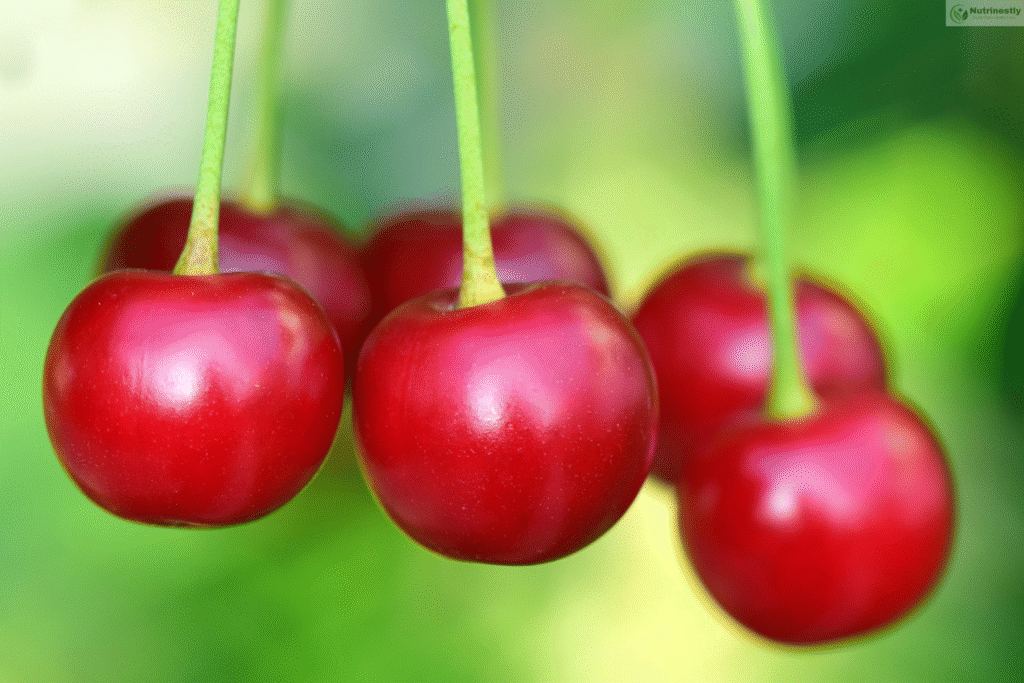
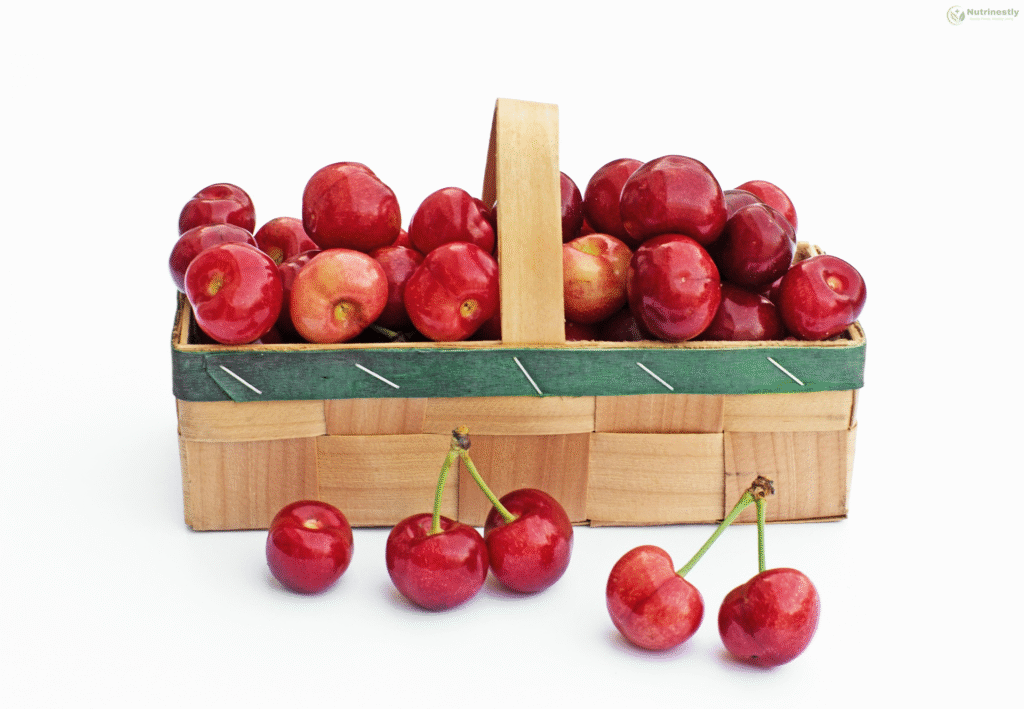
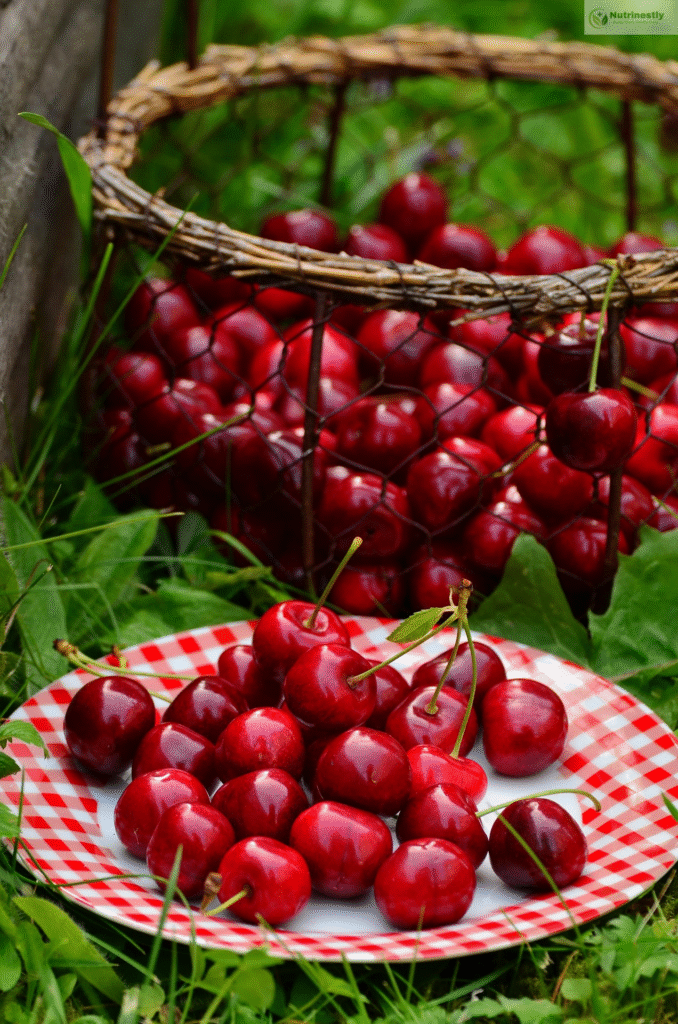
Chemical Composition
Vitamins and Minerals
While not typically consumed directly due to potential toxicity, cherry seeds contain small amounts of essential nutrients such as vitamin E, B17 (amygdalin), magnesium, and potassium.
Antioxidants and Phytochemicals
Potential Health Benefits
Cherry seeds are rich in antioxidants and phytochemicals. Amygdalin, though controversial, is believed by some to have anti-cancer properties. However, it must be consumed with extreme caution due to its ability to release cyanide in the body.
Section 4: Uses of Cherry Seeds in Culinary Practices
Traditional Dishes
Regional Recipes
In some cultures, cherry seeds are used to impart flavor to liquors and preserves. Armenian and Middle Eastern cuisines sometimes incorporate ground cherry pits into traditional sweets and jams.
Innovative Uses
Cherry Seed Extract in Modern Cooking
Modern culinary arts have begun experimenting with cherry seed extract for flavoring desserts and beverages. Cold-press techniques are also used to extract oils that can add subtle notes to gourmet dishes.
Section 5: Health Benefits and Medicinal Properties
Potential Health Benefits
Anti-Inflammatory Properties
Cherry seeds, particularly their oil and extracts, may offer anti-inflammatory benefits due to their high antioxidant content. This can support joint health and reduce muscle soreness.
Roles in Heart Health and Beyond
Some studies suggest that cherry seed oil can help regulate cholesterol levels and support cardiovascular health. It also contains oleic and linoleic acids, which are beneficial for skin and cellular health.
Cautionary Notes
Toxicity and Safe Consumption
Cherry seeds contain amygdalin, which can release cyanide when metabolized. As such, raw consumption of large quantities is unsafe. Always use cherry seed derivatives that have been treated for safety in culinary or medicinal applications.
Section 6: Cherry Seed Extract and Oil
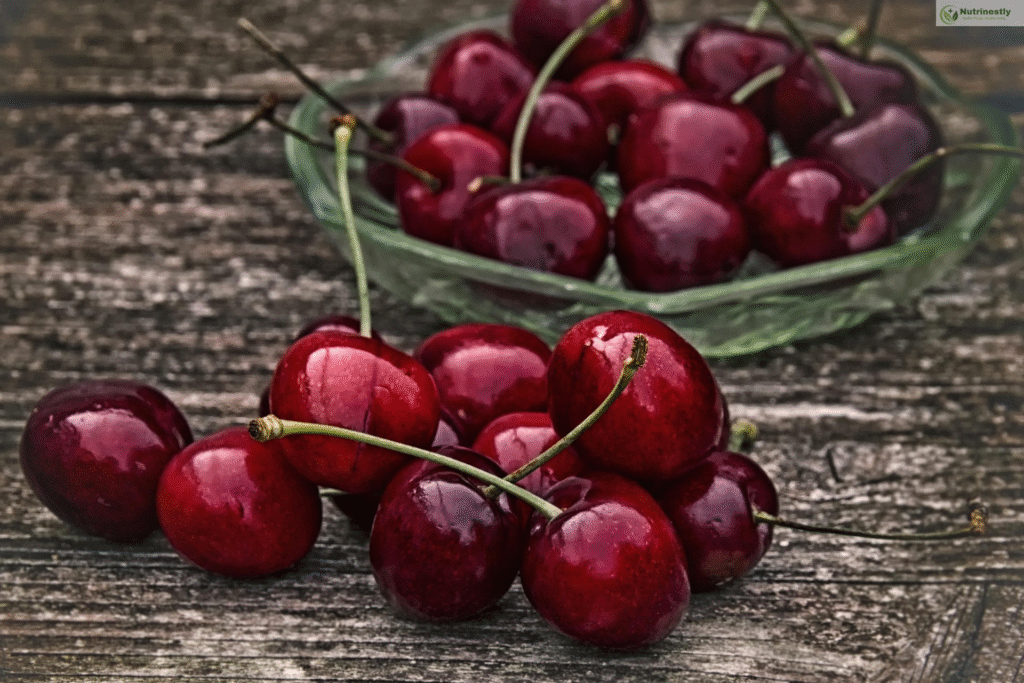
Extraction Process
Methods of Extracting Oil from Cherry Seeds
Cold pressing and solvent extraction are common methods used to obtain cherry seed oil. The cold pressing technique is preferred for maintaining the oil’s natural nutrients and aroma.
Uses in Beauty and Skincare
Benefits of Cherry Seed Oil
Cherry seed oil is prized in the beauty industry for its light texture and quick absorption. Rich in vitamins A and E, it moisturizes skin, reduces fine lines, and soothes inflammation.
Section 7: Environmental Impact of Cherry Seeds

Role in Ecosystems
Food Source for Wildlife
Cherry seeds serve as food for various birds and small mammals. These animals often help disperse the seeds, aiding in the propagation of cherry trees.
Sustainability Practices
Importance in Agriculture and Agroforestry
Cherry trees play a role in sustainable agriculture. Their deep roots prevent erosion, and their seeds can be reused or repurposed, reducing waste in orchards.
Section 8: Cultivating Cherry Trees from Seeds
Seed Selection and Preparation
Best Practices
Select ripe cherries from healthy trees and extract the seeds. Clean them thoroughly and allow them to dry before cold stratification, a process necessary for breaking dormancy.
Germination Techniques
Step-by-Step Guide
- Place cleaned cherry seeds in a damp paper towel.
- Store in a sealed plastic bag in the refrigerator for 10-12 weeks.
- After stratification, plant seeds in a pot with nutrient-rich soil.
- Water consistently and provide ample sunlight.
- Transplant outdoors once the seedling is strong enough.
Section 9: Challenges and Considerations
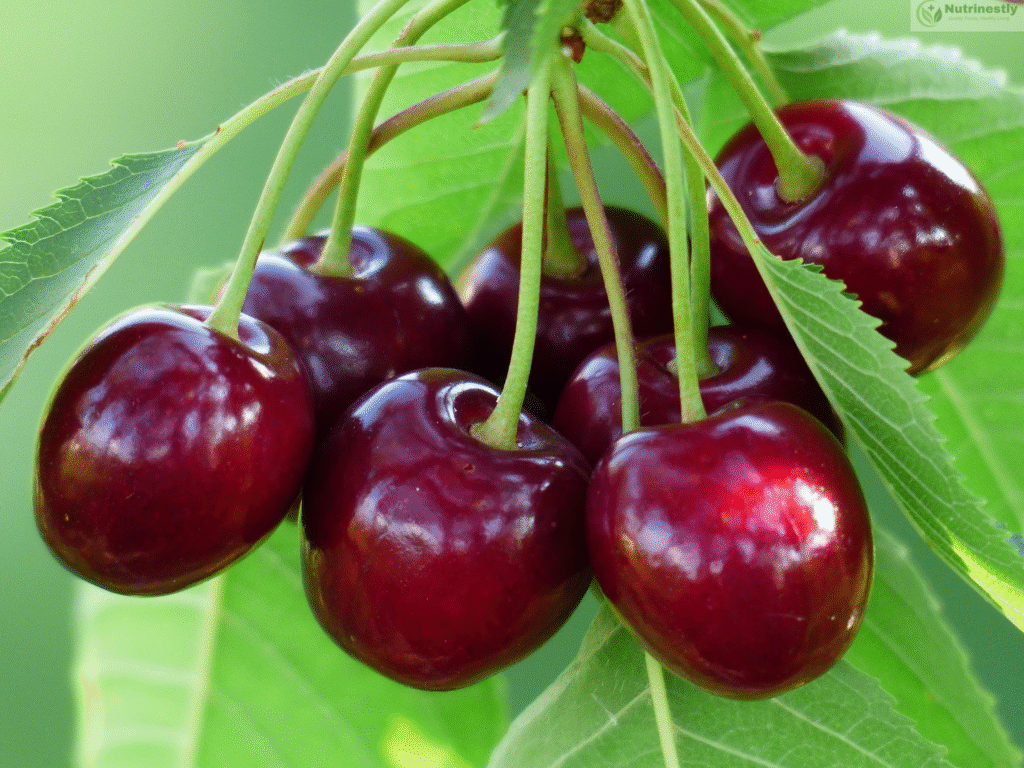
Pests and Diseases
Common Threats
Cherry seedlings are susceptible to pests like aphids and diseases such as root rot and brown rot. Organic treatments and proper soil management can mitigate these risks.
Climate Considerations
Importance of Climate
Cherry trees require a cold dormancy period and thrive in temperate climates. Late frosts can damage blossoms, impacting fruit and seed development.
Section 10: Fun Facts and Cultural Significance
Cultural Importance of Cherries
Cherries in Art and Tradition
From Japanese cherry blossom festivals to their symbolism in literature and art, cherries hold deep cultural value. Their seeds, though less celebrated, are the key to their continuation.
Fascinating Facts About Cherry Seeds
Trivia and Myths
- A cherry seed can take several years to grow into a fruit-bearing tree.
- In ancient times, cherry seeds were worn as amulets for luck.
- Some believe cherry seeds represent rebirth and transformation due to their lifecycle.
Conclusion
Cherry seeds may be small, but they are brimming with potential. From their role in propagation to their diverse applications in cooking, health, and beauty, cherry seeds are truly fascinating. As we’ve explored, they are not only integral to the cherry tree’s lifecycle but also offer promising benefits when used responsibly. Whether you’re a gardener, chef, or beauty enthusiast, there’s a place for cherry seeds in your world. So, why not take a closer look and let the cherry seed inspire your next endeavor?

